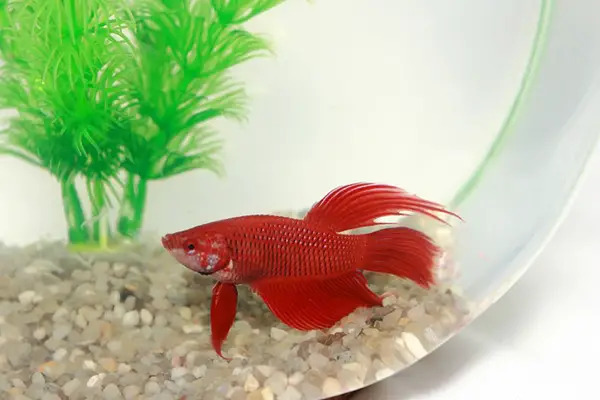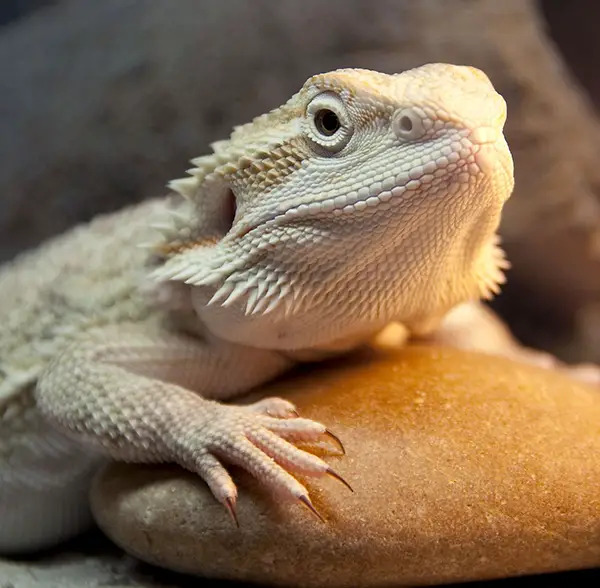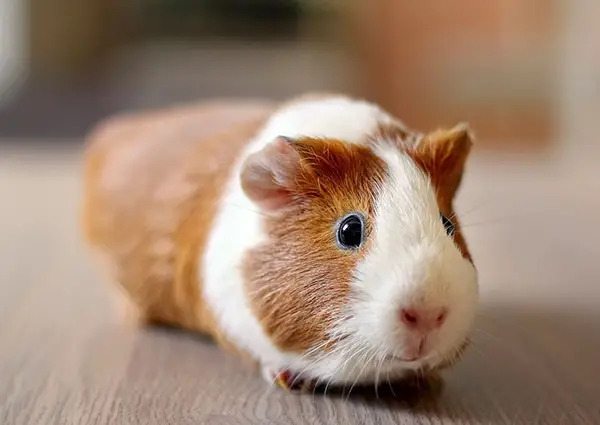Nine great animals for families and tips on which one might be best for your family pet.
When we left our tiny apartment in Manhattan for a house in Queens, a dog made sense. During a visit to The Little Shelter Animal Rescue & Adoption Center in Huntington, Long Island, a beautiful medium-sized pup with one blue eye and one brown eye suddenly appeared. She had been rescued from Hurricane Katrina, and before we could fully research the situation, my son was on the floor locked in a puppy embrace. Next thing I knew, we were the parents of a 40-pound dog, breed unknown. We named her Kismet.
Kismet grew to 95 pounds! She terrorized neighbors while out walking—jumping and barking at them—and argued so fiercely with smaller dogs in the dog park that we had to leave. We hired the guy who trains New York City’s police dogs to help, and even he could not tame her. But Kismet was a devoted, protective friend to my son and remains a beloved member of our family, 11 years later.
Once you adopt a dog, or any pet, you don’t want to return it. Pets are a wonderful addition to the family, but research the animal before making emotional decisions. “I think it’s really important for families to take a critical look at their lifestyle,” says Manhattan veterinarian Taylor Truitt, DVM, MBA, co-founder and CEO of The Vet Set Inc., an in-home veterinary service. “Some families are really active, always out playing, hiking, and doing outdoor activities. Some families travel a lot, and some families spend more time at home.”
Everything about a pet must be considered in advance, she says. Experts I spoke with suggested this checklist of things to think about:
|
With that in mind, here is some advice on what type of pet might be best for your family:
Small and Self-Contained Pets
Betta Fish

These sturdy warrior fish are relatively low maintenance, and kids love their beautiful color and grace. They breath underwater and over, and sometimes come to the surface to say hi and respond to friendly fingers—and food of course. They often live solo. Males are aggressive and will battle each other in the same tank. You can put multiple females together, but the beauty of betta fish is that they can live alone in a smaller fish bowl. They will not fade if you miss a feeding and require no special pumps, but you must keep their water clean, above room temperature, and specially treated to remove chlorine. These little fish last a lot longer than goldfish and may outlast your child’s interest.
Life span: two to five years, but some live longer
Gerbils

While hamsters and gerbils often are lumped together, gerbils have an edge when it comes to ease of care. Hamsters need more coddling and more frequent cleaning. Gerbils are desert animals that poop and pee far less, so their environments need less clean up. While hamsters like to run on their wheels and exercise at night, gerbils are active by day and quieter in the evening, so they can live in a child’s room and be on the same sleep schedule. Kids can build a play habitat and watch them run around. Gerbils do best in pairs so they can play together, groom one another, and snuggle for sleep. The Humane Society says gerbils startle easily (they may bite if startled), and can be damaged if dropped to the floor or picked up by the tail, so they are not recommended for kids younger than 8.
Life span: three to four years
Canaries

Canaries are among the most self-sufficient birds. Unless they have been hand raised to interact and fly about, they are usually happy to hang out in their cages and sing. Smaller kids will be fascinated by watching and hearing them. Older kids may enjoy canaries that can really get a beat going. Just keep in mind the males are the singers in the family, and it is a good idea to listen to a young bird’s song before adopting, since you may still be living with this bird when your kids go to college. Canaries also need a bigger and longer cage than other types of birds.
Life span: 10 to 15 years
Dog vs. Cat: A Long-Term Commitment
Dogs

Puppies are the pet that so many kids long for and they can grow into wonderful, unconditionally loving, and loyal companions. But they will need as much care as a baby when young and as much consideration as your kids when it comes to organizing your schedule and life plans. Dogs need constant care and can’t be left alone for long stretches—it is not healthy for them since they need bathroom breaks, feeding, and affection. “Dogs done right (and other pets) should require some advanced planning,” says Sarah Hodgson, a Westchester-based mom, animal consultant, and author of Puppies for Dummies and other pet books. “As much as some people want to believe their child will care for a dog, few will. If you get a pet, it is your responsibility to care, exercise, feed, etc., day in and day out.”
Life span: 10 to 13 years
Cats

While cats are known for being lower maintenance than dogs, that doesn’t mean no maintenance. “One of the things that is appealing to people about the idea of having cats is their independence,” says Judah Battista, co-founder and local program cities director of Best Friends Animal Society, based in New York. “It is easy to meet their basic needs without having to adjust your schedule.” He says a family does not have to rush home to care for a cat—you just need to make sure they have food, water, and access to a clean litter box. It is also possible to set them up to be safe overnight, if needed. “That being said, cats are not self-sufficient—they need care and attention to thrive.” While they can be shy and aloof at times, they can also be sweet companions, playful and very affectionate. While some by nature may want to be outside, Battista recommends keeping them as indoor pets.
Life span: up to 15 Years
Pets You May Not Have Considered
Bearded Dragon Lizards

If your kids are fans of reptiles and amphibians, this is the one to get. “Beardies are considered the dogs of the [herpetology] world,” Hodgson says. “Very calm, they can be conditioned to human interaction and touch if handled a lot at an early age.” She says hand-feeding helps create the bond. She showed her son how to dangle crickets in front of his lizard and now the pet will respond when he hears her son’s voice. These pets need protein and like eggs. They thrive in a large terrarium tank—with branches, perches, treelike textures, and UV light.
Life span: seven to 10 years
Rats

We may think of them as dirty, subway-dwelling, pizza-dragging rodents. But just think—they are smart enough to drag a pizza home. “Rats are extremely intelligent,” says Deborah LoSardo, longtime animal advocate and Long Island mom of twin girls, a dog, and one rat. “Aside from being able to teach them tricks, they ‘know’ you.” Domesticated rats can dwell in the city or suburbs because they don’t require much space. “While they do need a large-enough cage and some time out to play, you are only talking about a few small feet most of the time, and a small cordoned off area when they are out for exercise,” LoSardo says. They are affectionate, and albino rats tend to be the calmest and most easily handled, adds Denise Petryk, DVM, MBA, in-house veterinarian for Trupanion, a pet insurance provider.
Life span: one to two years
Cute and Cuddly Family Favorites
Guinea Pigs

They need bigger cages than smaller rodents, but they can be housed in an urban dwelling—just keep them out of the heat. “Guinea pigs are great pets,” Dr. Petryk says. “They are born ready to run around and be very entertaining.” While they are interactive and bond to people, they are not as trainable as, say, rats. Since they are very social and are pack animals, they should also always be bought in pairs. Kids can hold and cuddle them.
Life span: four to five years
Rabbits

These furry pets are a good choice because they learn life patterns and habits early on. “Bunnies are incredibly social, can be litter-box trained easily, learn tricks, and are very affectionate,” Hodgson says. “[They] frighten easily if not raised with consistency and nurturing. No fast motions, no grabbing, no chasing. If you have young kids consider rescuing a calm bunny from your local animal shelter.” They need an enclosed environment with plenty of room and also like to sit on laps.
Life span: seven to 10 years, or into their teens.
Once you decide on the right pet, you have to pave the way for safe pet ownership. “Kids can be taught, and should be taught, how to behave around a pet,” Dr. Truitt says. “This is critical to introducing a pet into the family. Kids need instruction on how to interact with the pet. If the child isn’t mature enough to listen and take instruction on how to interact with a pet then maybe it’s best to wait.”
RELATED:
The Health Benefits of Kids Having a Pet
Get Weekend Activities Delivered to You





















